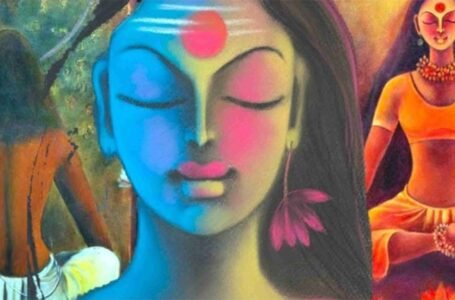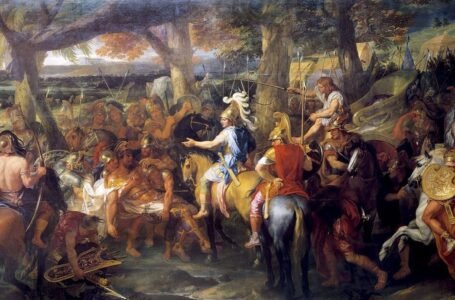THE VIETNAM WAR: A NATION DIVIED IN TWO

~Aritra Biswas
Young children ran through the rice paddies in the small towns of Vietnam. Their laughter filled with green hills not knowing that their country was going to be turned into one of the most torturous battlefields of the modern history.
A DREAM OF FREEDOM
Vietnam was a drained nation, though optimistic after World War II. The French had been in control in the region almost a hundred years and this time round their control was loosening. North Vietnam heard a voice Ho Chi Minh, a focused man with a dream “A Free and United Vietnam”.
He stood before his people in 1945 and proclaimed independence quoting some well-known words to every American “All men are created equal. It would be possible at one time.” But the world had other plans. The French desired their colony and war in Vietnam was not too long. The villagers were transformed into soldiers, families were torn apart and the once a peaceful countryside became a battlefield. It was not until 1954, eight years later, that the Vietnamese were able to beat the French at Dien Bien Phu a victory that shocked the world. However, it also cost a toll as Vietnam was divided in two.
A LINE THROUGH THE HEART
Communism was followed by the North led by Ho Chi Minh. The US supported the South, led by President Ngo Dinh Diem, in fear of communism proliferation during the cold war era. A boundary the 17th parallel divided the country. On one side, there were families that found themselves with brothers and on the other side, there were families with sisters. The two groups swore to engage in an election to reunite Vietnam but this became non-existent. Diem became harsh in the South and people mumbled against him. The Viet Cong rebels who had started to emerge in the jungles were determined to reunite the country no matter the cost which included war.
AMERICA ENTERS THE STORM
By early 1960s United States had dispatched advisors to assist the government of Diem. However, very soon they were dispatching troops. U.S military campaign was launched in 1964 following the incident of the Gulf of Tonkin. Planes filled the sky and villages shook with the noise of bombs. American young men most of them were barely 18 or 19 years old were dropping into the thick damp jungles of a land they barely knew and combating people they hardly knew and each family suffered the loss of one to a bullet. Each hill taken was retaken by another.
THE HUMAN COST
It was not just a war that took place in Vietnam but it was available in the living room of all over the globe. Through black and white television, the Americans witnessed burned villages, crying children and soldiers who seemed to be too young to be at war.
Students protested back at home, mothers cried and the avenues were full of placards that said, “Bring our boys home”. The war in Vietnam was a personal experience. Bombs took away the crops of the farmers. Babies were being taken through smoke fields by mothers. However, in the commotion, life continued, people continued cooking rice, continued singing and continued hoping.
THE TURNING POINT
On February 1968 Vietnamese New Year, the Tet Offensive broke out a surprise attack that stunned everybody. It demonstrated that the war was not over yet, that people struggling to get reunited have not given up. Although America managed to counterattack it’s forces, there was something that disintegrated that day. Man started asking himself, “What are we doing here? What are we fighting for?”.
THE FALL OF SAIGON
In 1973, peace seemed near. The US troops returned to their homes as the Paris peace accord was signed. But Vietnam was not yet healed of its wounds.
In 1975, two years later tanks belonging to the North entered Saigon. The South disintegrated virtually in a day. The final Americans were hoisted off rooftops by helicopters as crowds of desperate people hung on the gates of the US embassy. Vietnam was united again, however permanently different. The city of Saigon was now known as Ho Chi Minh City and the lengthy nightmare finally over.
AFTER THE SMOKE
Ghosts remained in the jungles, in the rivers and in the hearts of those who survived in the war. More than 3 million Vietnamese and 58,000 Americans were killed. However, despite all that suffering, the citizens of Vietnam came back together. Children nowadays play in the same rice fields. Laughter has come back now, the land had healed, painfully but gloriously.
A NATION’S MEMORY
The Vietnam War was not only a political or ideological story. It was the people’s story. Of a mother who lost her son. Of a soldier that came who changed. Of a country which would not remain the same as it used to be.
The war had shown that the world had paid a price that was impossible to imagine and that in some occasions, the toughest part to fight is to the way to forgive.


